eyes
Latest
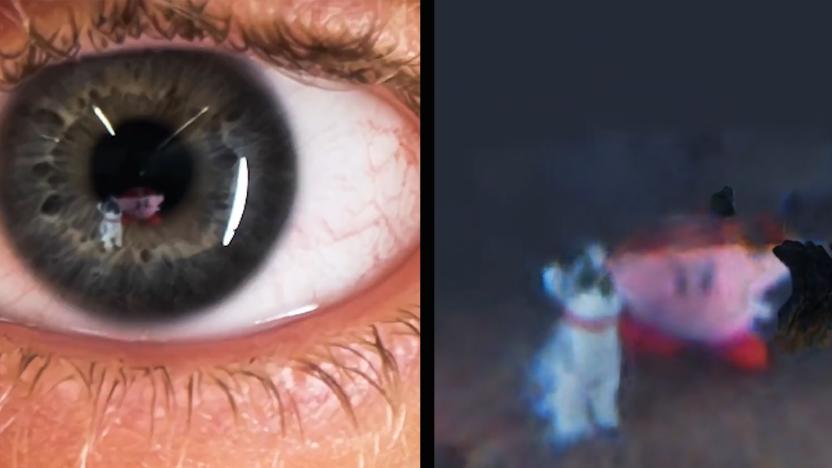
Researchers reconstruct 3D environments from eye reflections
Researchers at the University of Maryland have turned eye reflections into (somewhat discernible) 3D scenes. The work builds on Neural Radiance Fields (NeRF), an AI technology that can reconstruct environments from 2D photos. Although the eye-reflection approach has a long way to go before it spawns any practical applications, the study provides a fascinating glimpse into a technology that could eventually reveal an environment from a series of simple portrait photos.

Warby Parker's vision test app can help renew your glasses prescription
Warby Parker has unveiled a Virtual Vision Test app that can update your prescription using only your existing glasses and an iPhone.

How to purchase your next pair of glasses online
If you have a relatively recent prescription and an internet connection, you can easily find a pair of stylish -- and shockingly affordable -- glasses online.
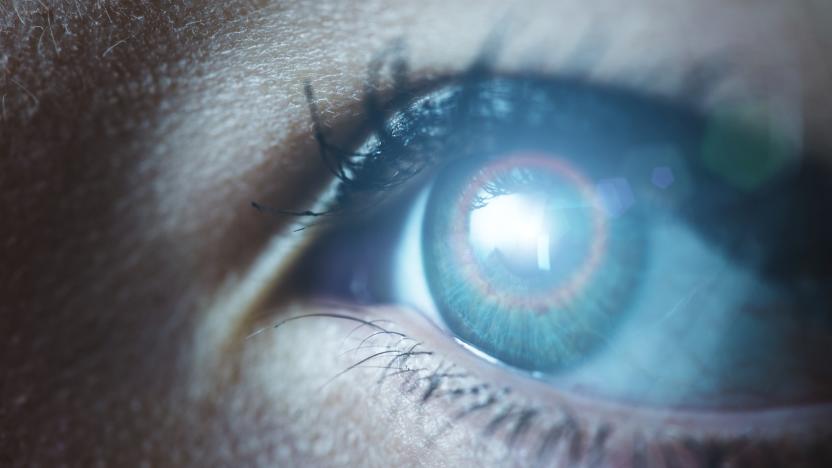
Scientists create a cyborg eye that mimics the real thing
Scientists have created a biomimetic artificial eye that could one day be powered by sunlight.
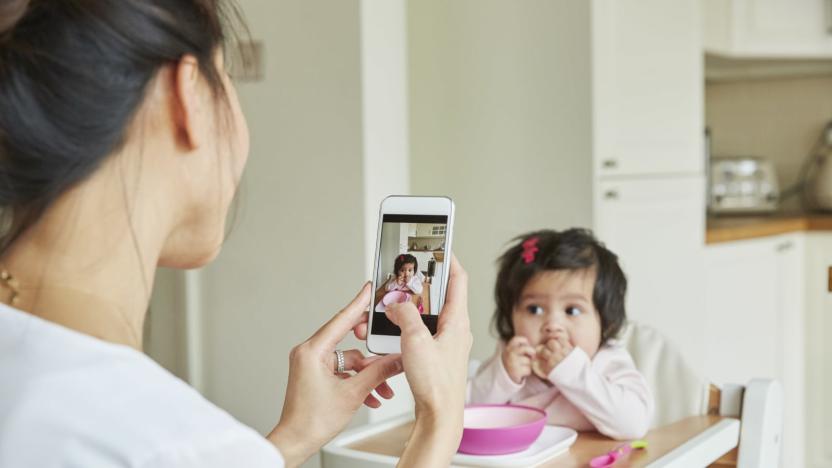
Phone app detects eye disease in kids through photos
It might soon be possible to catch eye diseases using just the phone in your pocket. Researchers have developed a CRADLE app (Computer Assisted Detector of Leukoria) for Android and iOS that uses machine learning to look for early signs of "white eye" reflections in photos, hinting at possible retinoblastoma, cataracts and other conditions. It works regardless of device, and is frequently prescient -- to the point where it can beat doctors.
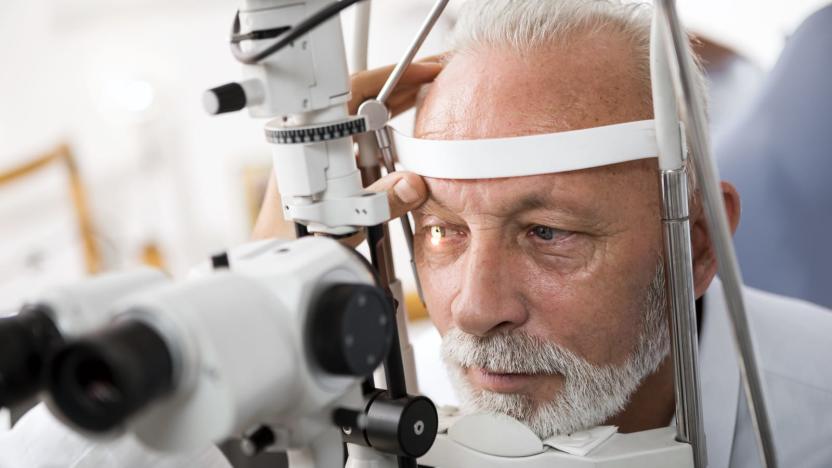
IBM hopes AI can speed up glaucoma treatment
A glaucoma diagnosis typically requires multiple painstaking tests to accurately gauge vision loss. If IBM has its way, though, you might just have to ask a computer to do the hard work. The company's research wing has used AI to discover retina imaging data that could be used to detect and manage glaucoma. A deep learning system estimates the visual field index (the degree of visual function) based on a single 3D scan of the optic nerve, giving an idea of how glaucoma has developed with greater accuracy than conventional tests.
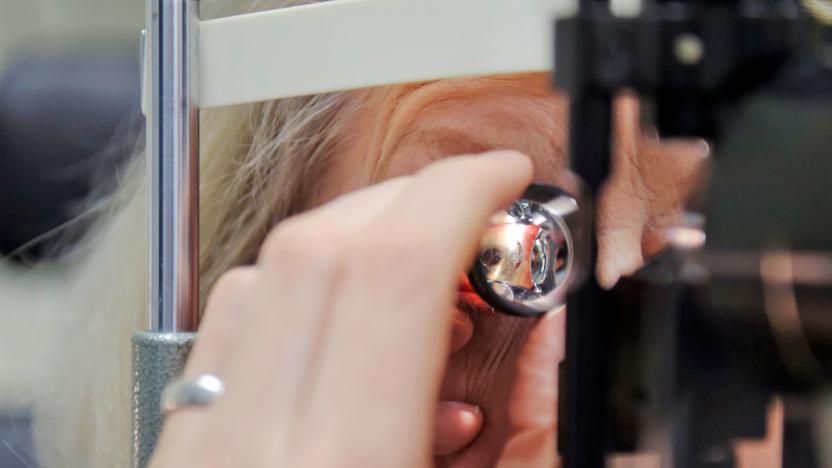
Magnetic eye implants could save the eyesight of glaucoma patients
Glaucoma patients can use implants to treat the condition by draining the eye, but the existing technology rarely lasts more than a few years thanks to the accumulation of microorganisms that wreck the functionality. A Purdue-led team might have a clever technological solution, though: magnetism. The group has developed a smart implant that cleans itself with microactuators that vibrate whenever you induce a magnetic field. It would not only be far more reliable, but could be customizable as well.
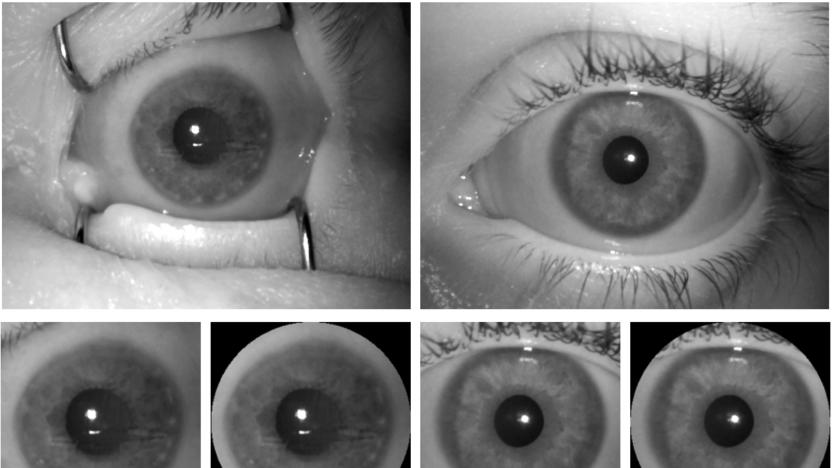
Iris scanner AI can tell the difference between the living and the dead
It's possible to use a dead person's fingerprints to unlock a device, but could you get away with exploiting the dead using an iris scanner? Not if a team of Polish researchers have their way. They've developed a machine learning algorithm that can distinguish between the irises of dead and living people with 99 percent accuracy. The scientists trained their AI on a database of iris scans from various times after death (yes, that data exists) as well as samples of hundreds of living irises, and then pitted the system against eyes that hadn't been included in the training process.
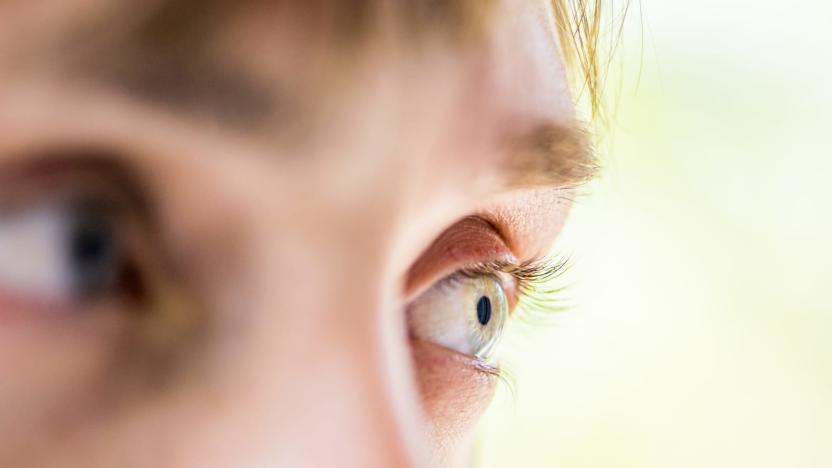
FDA approves AI-powered software to detect diabetic retinopathy
30.3 million Americans have diabetes according to a 2015 CDC study. An additional 84.1 million have prediabetes, which often leads to the full disease within five years. It's important to detect diabetes early to avoid health complications like heart disease, stroke, amputation of extremities and vision loss. Technology increasingly plays an important role in early detection, too. In that vein, the US Food and Drug Administration (FDA) has just approved an AI-powered device that can be used by non-specialists to detect diabetic retinopathy in adults with diabetes.
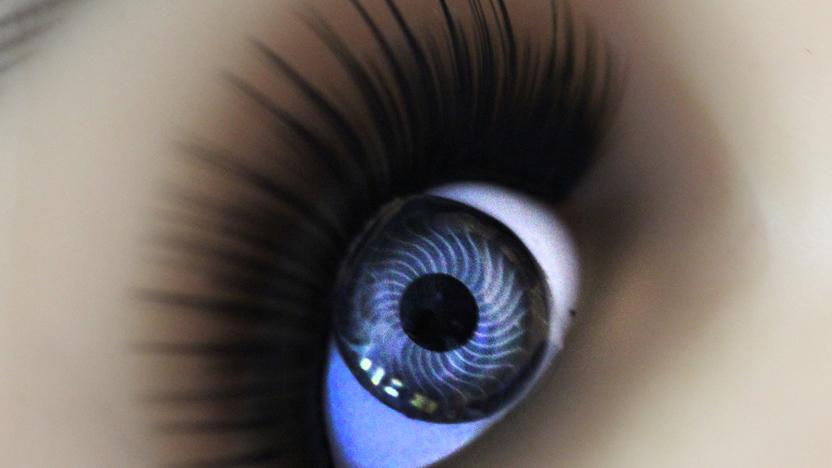
Glucose-tracking smart contact lens is comfortable enough to wear
The concept of a smart contact lens has been around for a while. To date, though, they haven't been all that comfortable: they tend to have electronics built into hard substrates that make for a lens which can distort your vision, break down and otherwise cause discomfort. A team of Korean scientists might just come to the rescue. They've developed a smart lens that could help diabetics track blood glucose levels while remaining stretchable enough to be comfortable and transparent enough to preserve vision.
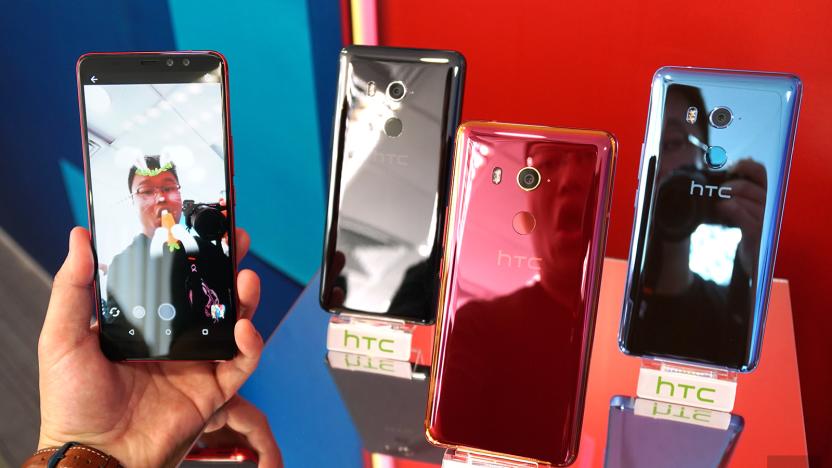
HTC U11 Eyes' dual cameras bring bokeh to your selfies
Well, that was quick: HTC's promised return to a dual-camera smartphone is already here. Meet the U11 Eyes which, as the name implies, is a selfie-centric smartphone featuring a pair of cameras on the front. These deliver live bokeh effect which supports re-focus after capture -- just like the good old days with previous dual-camera HTC phones. And yes, the U11 Eyes reuses the same shiny "Liquid Design" as the flagship U11+, but swapping out a few flagship-level features for a more affordable price. You'll find an octa-core Qualcomm Snapdragon 652 chipset (which is approaching two years old), a 2,160 x 1,080 LCD instead of QHD, just three microphones instead of four (so no acoustic focus when using zoom in video recording) and no BoomSound speakers (so no stereo nor "Hi-Fi" output).

Samsung Gear VR app provides help to the visually impaired
Samsung isn't just using VR headsets as a means of boosting phone sales. The company's C-Lab has launched Relumino, a Gear VR app that uses augmented reality to compensate for vision problems. It can magnify the picture or adjust the contrast of what you're looking at if it's just a question of clarity, but it can also remap your field of view (to deal with blind spots or tunnel vision), outline objects and filter colors.

Man receives someone else's reprogrammed stem cells
The concept of using stem cells for transplants just became a truly practical reality: a Japanese man with age-related macular degeneration has received the first transplant of stem cells from another human donor. Doctors repurposed the donor's skin cells by turning them into induced pluripotent stem cells (that is, forced into a state where they can become many kinds of cells) that then became retinal cells. If all goes according to plan with the multi-step procedure, these fresh cells will halt the degeneration and preserve the patient's remaining eyesight.

Retinal implant could add years to your eyesight
Scientists have been struggling to fight retinal degeneration in an elegant way. The most practical solution so far involves external devices that send wires to the back of your eyes. There might be a much more graceful approach before long, however. Researchers have developed an implant whose light-sensitive material could at least partially restore retinas and preserve your eyesight. Their invention combines a biocompatible substance (in this case, silk) with a conductive polymer and an organic semiconductor to send electricity to nerve cells whenever the implant is subjected to typical environmental light. Previous attempts at photovoltaic devices like this have required either exceptionally bright light or unusual light wavelengths to work, so this would be far more practical in the real world.

Alphabet's autofocusing contact lens won't be tested in 2016
Bad news if you were hoping that Google's (now Alphabet's) smart contact lenses would be available relatively soon: they're running into some hurdles. Novartis, which is partnering with Alphabet's Verily Life Sciences on an autofocusing lens that addresses farsightedness, says it won't make its goal of testing the technology in 2016. It's "too early to say" when trials would start, a spokeswoman explains to Reuters. It's also uncertain when tests for the other lens, which monitors blood sugar levels, would likely begin.

Blind woman may see thanks to gene therapy and light
Optogenetics, or mixing gene therapy with light treatments, is finally getting a proper field test: doctors have given a blind Texas woman the first optogenetics-based therapy in hopes of restoring some of the vision lost to a degenerative retina disease. The procedure injected her eye with viruses containing DNA from light-sensitive algae, letting them mimic the eye's rods and cones by generating electricity whenever they're subjected to light. The patient won't get full vision even if the therapy is a runaway success, but it could be enough to let her know when there's nearby activity.

Researchers use video games to test chameleons' vision
You probably know that a chameleon's eyes move independently of one another. Thanks to video games, however, it's clear that this oddball vision is more powerful than previously thought. Israeli researchers made chameleons play a simple game where they had to track and lash out at multiple digital flies, gauging their ability to focus on two objects at once. In the tests, the lizards easily followed one target in each eye -- they only focused on one fly when they were ready to strike. The eyes even have distinctive movement patterns based on their active roles, so there's no doubt as to what they're doing.
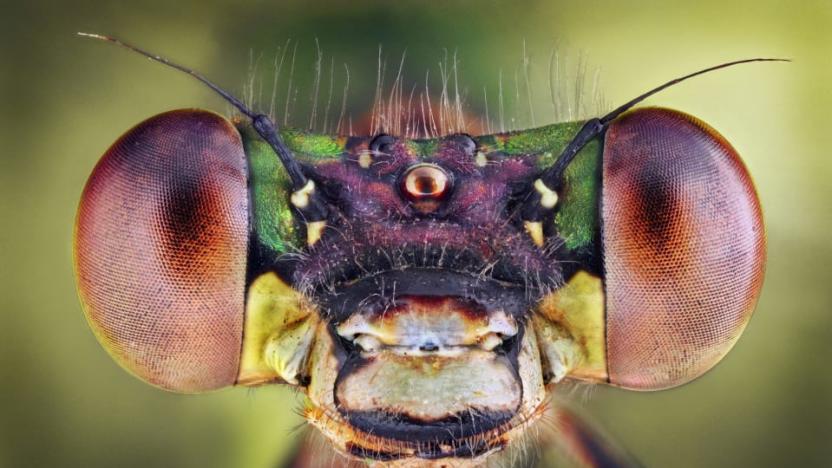
Researchers develop multifaceted insect eyes for UAVs
A team of researchers from the Laboratory of Intelligent Systems at the Swiss Federal Institute of Technology (EPFL) have developed a tiny new set of electronic eyes for drones that are based on the multifaceted peepers of insects. These eyes are built specifically for the next generation of very small surveillance UAVs -- like that origami quadcopter EPFL developed earlier this year -- and operate very differently than the conventional cameras currently employed. Insect eyes aren't capable of generating a high spatial resolution (that is, the number of pixels you can pack into a single image) so they instead rely on quickly reacting to changes in how light reflects or objects appear as the insect moves. The new camera works the same way.

You can unlock this smartphone with the blood vessels in your eyes
Tired of punching in numbers or swiping strange patterns to unlock your smartphone? Fingerprint and facial recognition have been tried before with varying levels of success, and now ZTE thinks it can offer something better. The company's Grand S3 smartphone in China is getting a feature called "Sky Eye," which lets you swap Android's traditional lockscreen methods with your eyeballs. It uses a biometric authentication called "Eyeprint ID" by EyeVerify and, of course, we had to check it out for ourselves.

Disney Research crafts a more realistic way to capture the human eye
We're keen on checking in with the folks at Disney Research from time to time to see what crazy projects its been working on. At SIGGRAPH Asia this week, the outfit is presenting recent work in crafting more detailed 3D-rendered eyes. In order to properly capture all the details needed to make things appear realistic for things like character generation, the studio has crafted a method for nabbing those intricacies based not only on appearance, but taking into account how the eye responds to light, too. "Generically modeled eyes may be sufficient for background characters, but it now takes significant effort to manually create realistic eyes for heroes and other leading characters," says Disney Research Zurich's Pascal Bérard. The project is nothing new for Disney's experimental arm, as the folks there have been looking into a method for more detailed ocular representation for quite some time. The method not only cuts down on the work required to manually produce believable results, but the tech could also drastically improve modeling in ophthalmology as well.






